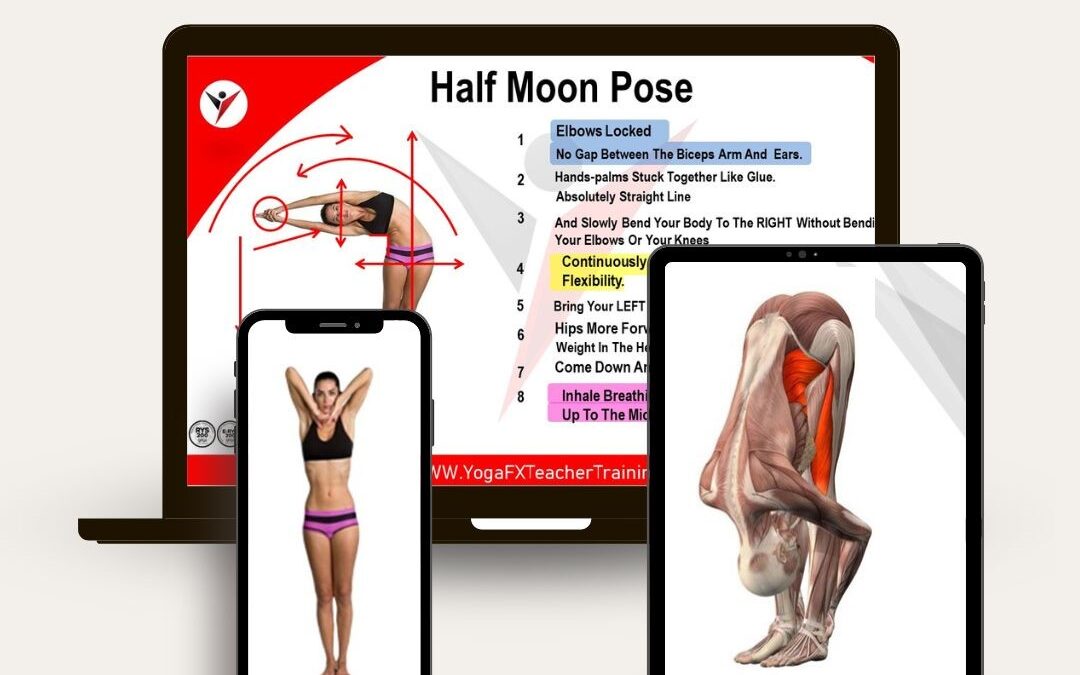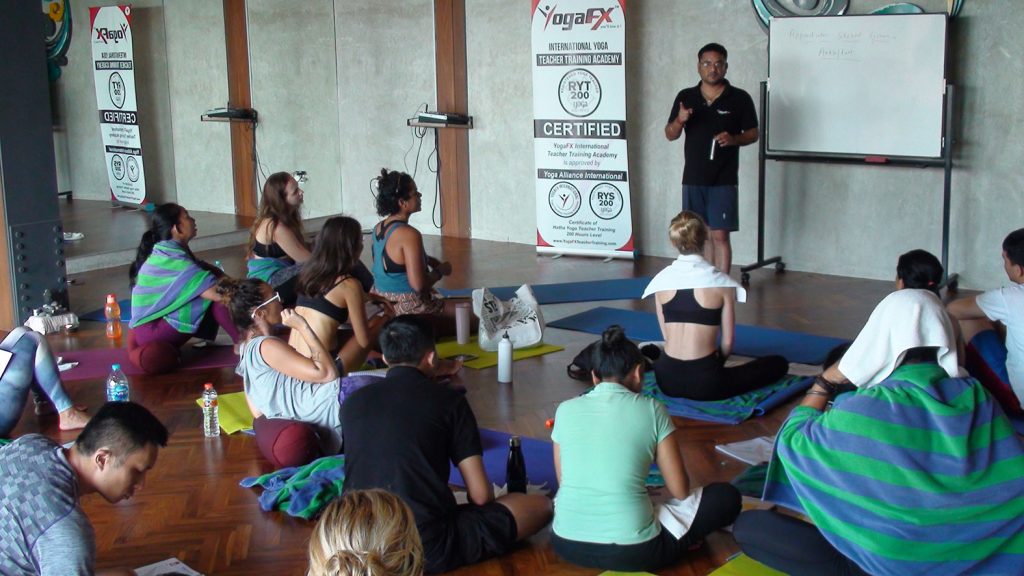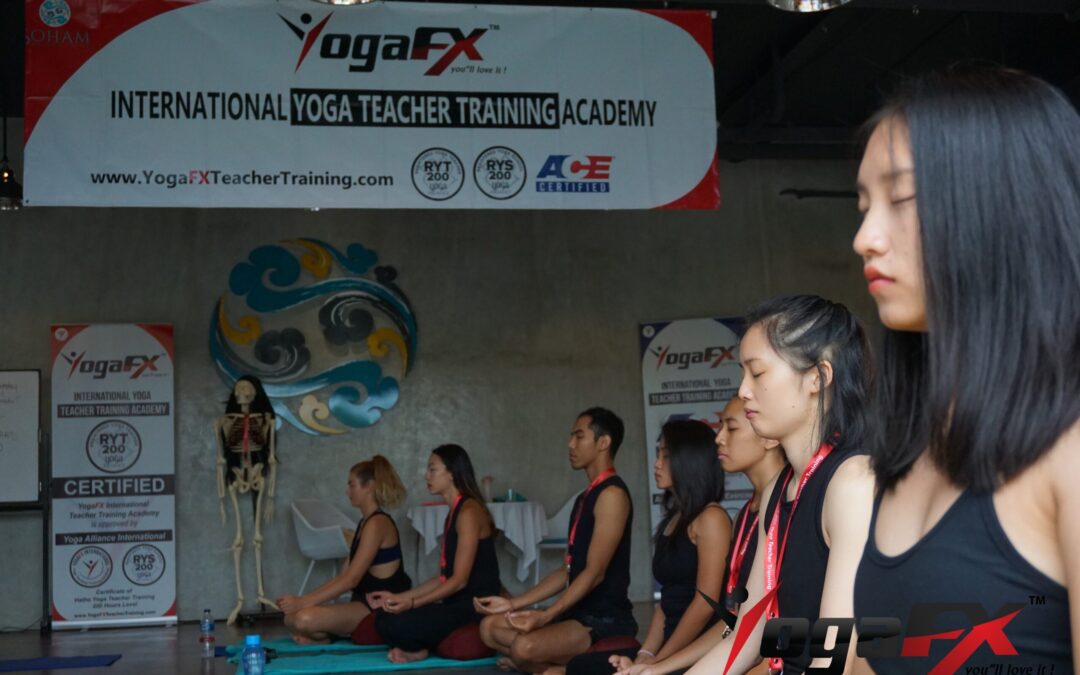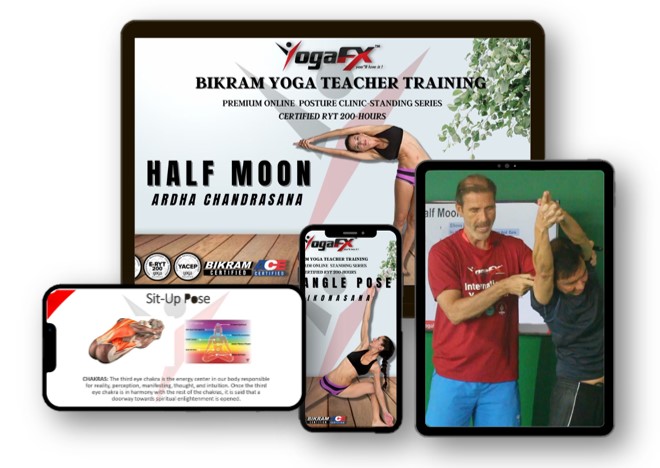In the realm of fitness and wellness, hot yoga has emerged as a captivating trend that combines the art of yoga with the intensity of heat. As practitioners flow through the sequences in a heated room, one cannot help but wonder about the remarkable benefits of this practice, including the calories burned in hot yoga. In this article, we will delve into the fascinating world of hot yoga, exploring the unique relationship between the elevated temperature, dynamic movements, and the potential calorie expenditure. By understanding the factors that contribute to the caloric burn in hot yoga, we can unlock the transformative power of this practice and embrace its holistic impact on physical fitness and well-being.
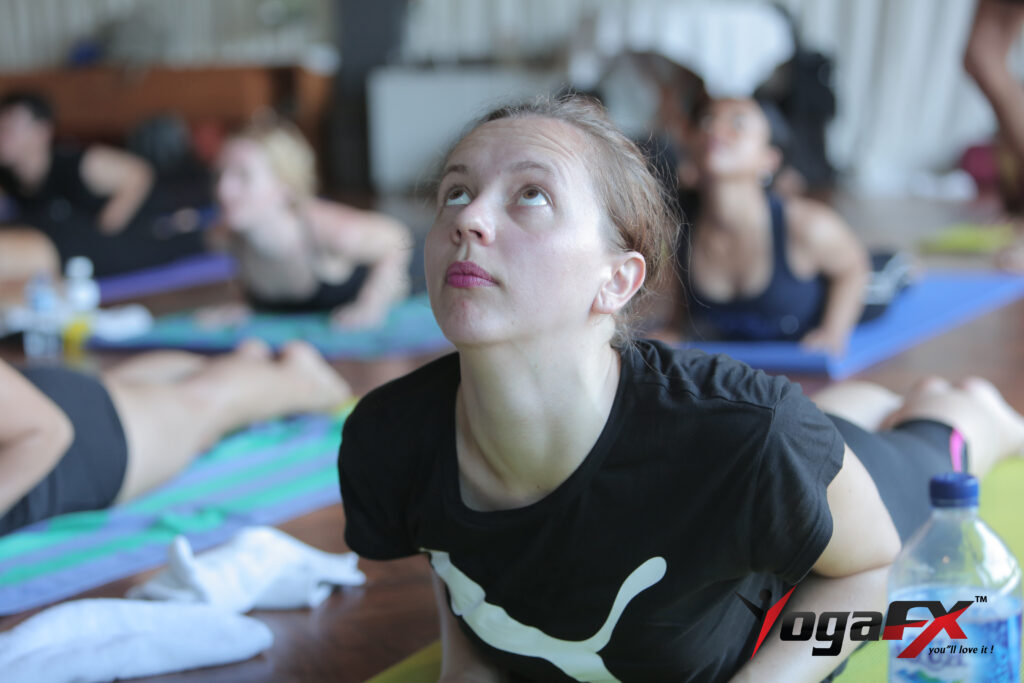
What is Hot Yoga?
Hot yoga, also known as 26 and 2 yoga or Bikram yoga, is a practice that combines a specific sequence of 26 postures and two breathing exercises in a heated room. Developed by Bikram Choudhury, hot yoga is performed in a room typically heated to around 105 degrees Fahrenheit (40 degrees Celsius) with a humidity level of 40%. The heat and humidity create an intense environment that challenges the body, promoting increased flexibility, detoxification through sweating, improved circulation, and mental focus. Hot yoga offers a dynamic practice that engages both the body and the mind.
“Be Motivated By The Needs Of Others”
The Influence of Heat on Caloric Expenditure
Practicing yoga in a heated environment elevates the body’s core temperature, resulting in an increased metabolic rate and potentially higher caloric expenditure. The intense heat in hot yoga sessions stimulates the cardiovascular system, promoting improved blood flow and oxygen delivery to the muscles. This increased demand on the body’s systems, coupled with the physical movements and deep stretches, can lead to a higher calorie burn compared to practicing yoga in a cooler environment.
Scientific research has shown that exercising in a heated room can indeed have a positive impact on caloric expenditure. A study published in the Journal of Medicine and Science in Sports and Exercise found that participants who engaged in hot yoga sessions burned more calories compared to traditional non-heated yoga sessions. The study concluded that the elevated heat and humidity in hot yoga can increase energy expenditure, potentially aiding in weight loss and improved metabolic health.
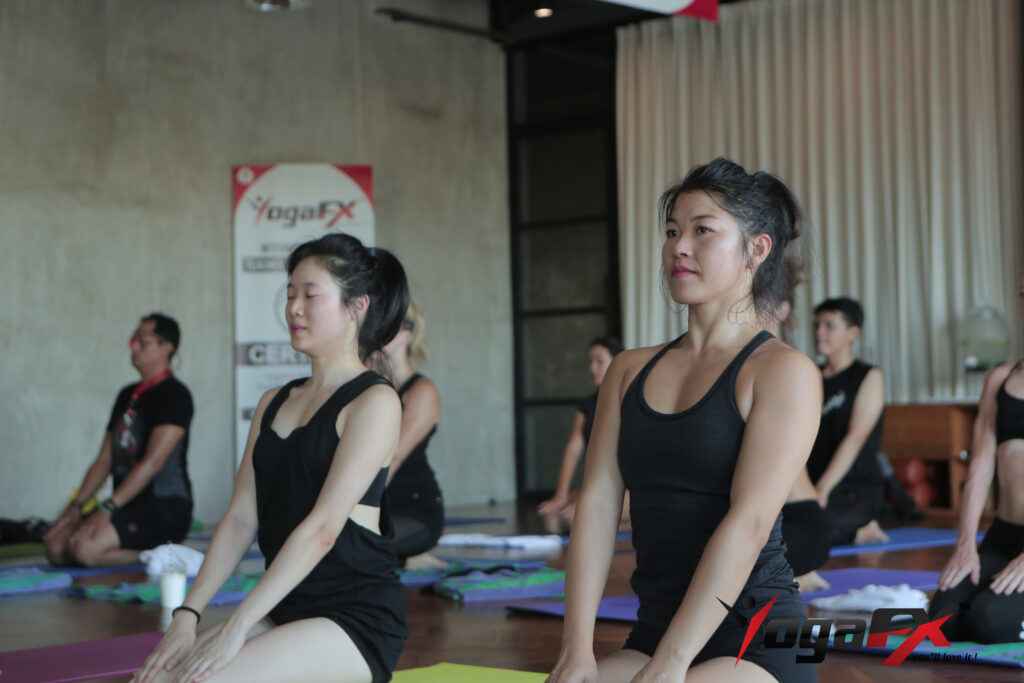
Factors Affecting Calories Burned in Hot Yoga
The number of calories burned during a hot yoga session can vary depending on several factors. Body weight, intensity of practice, and session duration all play a significant role in determining caloric expenditure. Generally, individuals with higher body weights tend to burn more calories due to the increased effort required to move their bodies. The intensity at which the poses are performed and the engagement of various muscle groups also impact calorie burning. Longer sessions typically result in higher calorie burns as well.
According to the American Council on Exercise (ACE), a person weighing 150 pounds can burn approximately 477 calories in a 90-minute hot yoga class. However, it is essential to remember that these numbers are estimates and can vary depending on individual factors and variations in practice intensity.
Comparing Hot Yoga to Other Forms of Exercise
When considering the potential calorie burning of hot yoga, it is important to compare it to other popular exercises. While activities like running, cycling, or weightlifting may have higher calorie burn rates, hot yoga offers unique benefits beyond mere calorie expenditure. The combination of heat, dynamic movements, and focused breathing in hot yoga promotes increased flexibility, improved mental focus, and a sense of overall well-being. Hot yoga provides a holistic approach to fitness that integrates mind, body, and breath.
Maximizing Caloric Expenditure in Hot Yoga
To maximize caloric expenditure in hot yoga, consider incorporating the following tips into your practice:
- Engage your muscles fully: Focus on activating the targeted muscles in each pose, maintaining proper form and alignment.
- Push your limits: Gradually increase the intensity of your practice over time by deepening stretches, holding poses for longer durations, or exploring advanced variations.
- Stay hydrated: Drink plenty of water before, during, and after your hot yoga session to replenish fluids lost through sweat and maintain optimal performance.
- Support your practice with a balanced diet: Fuel your body with nourishing foods to support energy levels and overall health.

Conclusion
Hot yoga, also known as 26 and 2 yoga or Bikram yoga, offers a transformative experience that combines the power of heat with dynamic movements and breath. It provides an opportunity to burn calories, improve flexibility, detoxify the body, and enhance mental focus. While hot yoga may not have the highest calorie burn compared to other forms of exercise, its unique benefits make it a valuable addition to one’s fitness routine.
If you are passionate about hot yoga and wish to deepen your practice or share it with others, consider undertaking a Bikram Hot YogaFX teacher training program. YogaFX offers Yoga Alliance certified teacher training courses, including specific programs for 26 and 2 yoga. Led by experienced instructors, such as Mr. Ian from YogaFX, these teacher training programs provide comprehensive knowledge and practical skills to become a certified hot yoga teacher. Embrace the transformative power of hot yoga and embark on a fulfilling journey with YogaFX’s teacher training programs.


